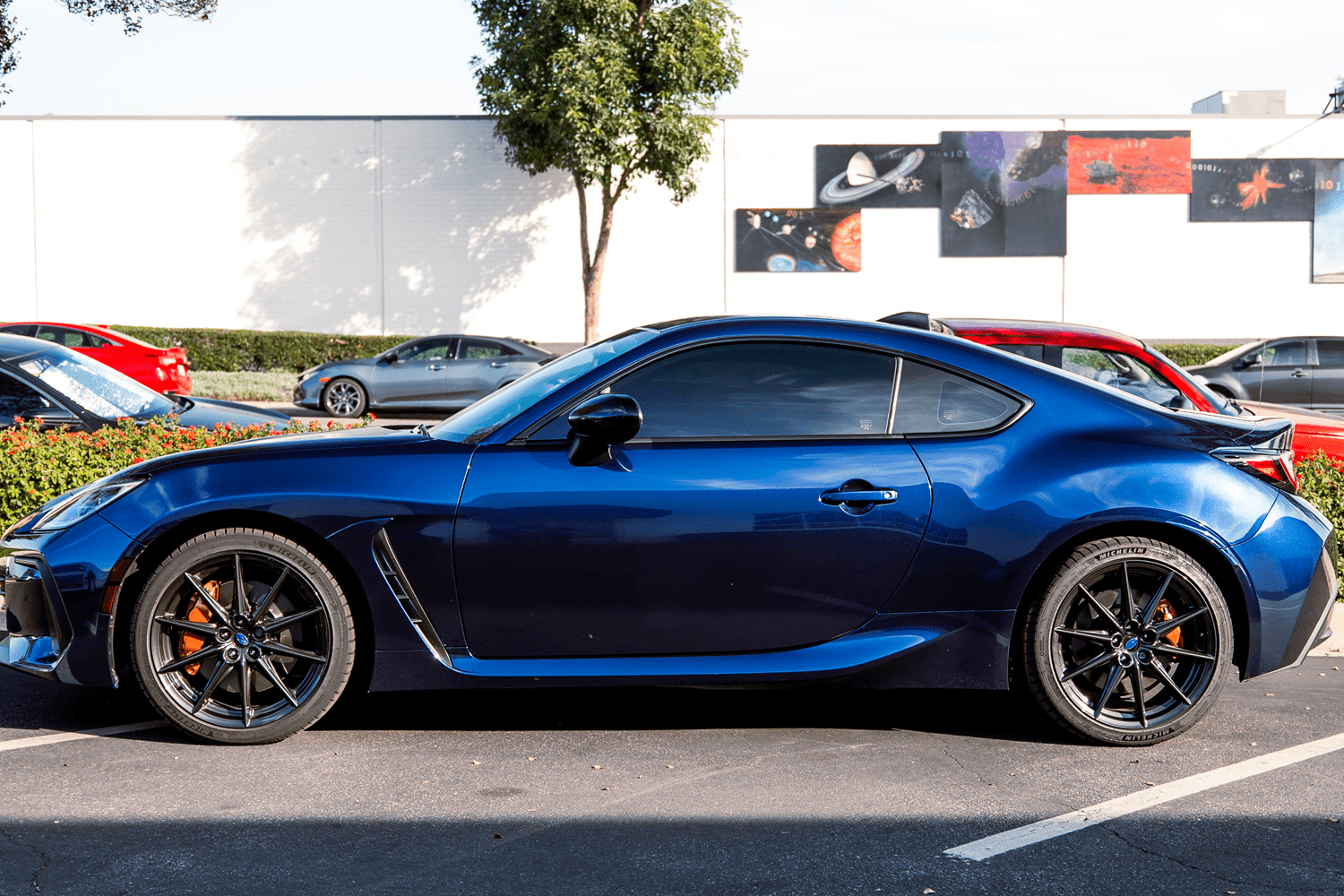
Protection Perfection: Peak PPF's Guide to Modern Paint Protection Film
Pain protection film has travelled a long road from thick helicopter tape to today's crystal-clear, self-healing polyurethane skins that shrug off gravel, bugs, UV rays, and acid rain. Independent testing by Car and Driver shows that high-quality film prevents pitting on daily-driven sports cars and grand tourers, a benefit owners notice even after a single canyon run. Detailers now offer films in multiple thicknesses; 6 mil material deflects stones at 60mph while 10 mil sheets handle hits at 80mph according to Presidential Detailing's impact guide. Peak PPF builds on that science, supplying dealers with made-to-order rolls cut to the exact width and length they specify and finished in a palette of 97 colors. The result is a protection upgrade that doubles as a bespoke styling mod, all back by a dealer-exclusive growth model.
The Evolution of the Clear Shield
Modern PPF is a layered construction of optical-grade polyurethane, an elastomeric top coat, and repositionable acrylic adhesive. Cruising California Detailing explains that the top layer's polymer chains relax when warmed, letting light scratches close up in minutes so the surface stays glass-smooth over the film's ten-year service life. The middle layer spreads impact energy across the panel, while the adhesive anchors the film without yellowing or hazing. This chemistry means owners enjoy near-invisible coverage that outlives traditional wax or sealant.
Why Clients As for Film First


- Rock-Chip Defense: Small stones can leave bare paint freckled in hours. The Drive points out that tunnel washes, salt, and airborne debris accelerate the damage on unprotected bumpers. With film in place, grit glances off instead of biting in.
- UV & Chemical Resilience: Long summer exposure bleaches conventional clear coat. Autotrader notes that pairing PPF with a ceramic top layer preserves gloss even under intense sun, effectively extending the life of the underlying paint.
- Self-Healing Finish: Heat from the sun or warm water lets the TPU surface re-flow. CCA Detailing records recovery temperature as low as 140 °F, restoring up to 90 percent of original clarity after minor scuffs .
- Resale Uplift: Dealers and auction houses confirm that vehicles with documented film fetch higher bids because buyers see fewer touch-ups and a like-new surface.
Color & Texture as Factory-Level Options
OEMs have started treating protective film as a premium upsell. Ford lists a matte-finish kit for the latest Mustang that adds nearly six thousand dollars to the sticker price. Peak PPF answers the trend by delivering floss, satin, and color-flip variants in rolls that match any panel width, so installers can give clients the finish they want without a full repaint.
Film versus Ceramic versus Vinyl: A Quick Comparison
- Ceramic Coating is a nanoscopic liquid that hardens into a slick layer only a few microns thick. It blocks UV and makes washes faster but cannot stop gravel impacts.
- Vinyl Wrap offers endless graphics yet remains thinner and lacks self-healing. The Drive recently highlighted how poorly installed vinyl can trap dirt and even scratch clear coat during removal.
- Paint Protection Film pairs the durability of a guard plate with the aesthetic freedom of vinyl, and when topped with ceramic, it gains easy-clean hydrophobicity for minimal maintenance.
Installing Peak PPF: A Dealer's View


Quality results begin with a swirl-free surface. Autotrader's detailing guide stresses light paint correction before sealing, ensuring defects do not show beneath the film. After decontamination, installers either load digital templates or bulk-fit sheets, then position the film with a pH-neutral slip solution. Squeegees chase water to the edges, and gentle infrared lamps speed adhesive set, letting high-volume shops return cars the same day.
Care That Keeps the Film Invisible
Routine upkeep is simple. Avoid automatic brushes that can mar satin finishes, a warning echoed by The Drive's interview with tunnel-washing managers. A pH-balanced shampoo, plus touchless drying, prevents surfactant buildup. Leaves, tar, and winter slush still need quick removal, but film makes the job easier because contaminants sit on the sacrificial layer rather than etching paint.
The Business Case for Authorized Installers
A full-front application in Southern California typically retails above fifteen hundred dollars, while an entire vehicle often exceeds five thousand according to industry pricing surveys. With Peak PPF, shops avoid tying cash up in slow-moving stock because every roll ships cut to order. Territory exclusivity eliminates price wars, and yearly inspections bring clients back for ceramic refreshes and referral opportunities.
What Comes Next in Protective Technology
Automakers are experimenting with sensor-ready films that report damage in real time. BMW even filed a patent for conductive PPF that would alert owners via smartphone when the surface is breached. Peak PPF's R&D team is exploring thermochromic pigments that shift color under sunlight, giving partner dealers another conversation starter for discerning customers.
Why Peak PPF is the Smart Partnership
Every Peak PPF roll is fabricated only after you finalize width, length, thickness, and finish, which means no shelf aging or forced compromise. The 97-shade launch catalog lets you match, accent, or totally transform factory paint so clients can protect investment vehicles without sacrificing individual style. Training resources, template libraries, and co-branding marketing assets shorten your learning curve and help you close high-margin work.
Ready to Raise Your Game?
Reach out to Peak PPF's Dealer Success Team for a personalized quote and color deck. Let us supply the custom film while you focus on flawless installs. Together we will protection perfection, one panel at a time, and own the search term paint protection film for every enthusiast who expects nothing less.

